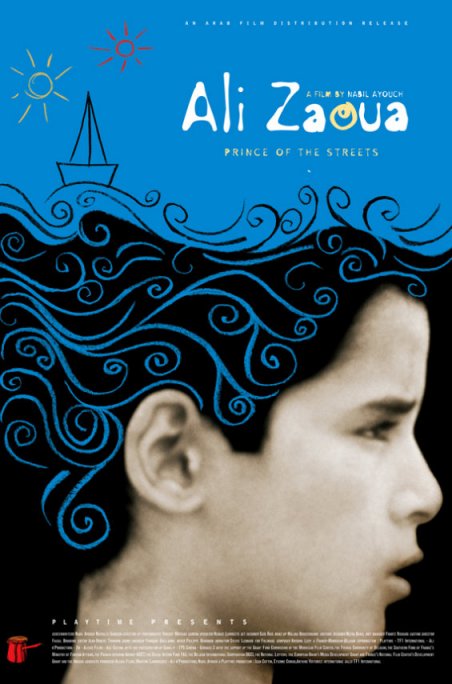The film A New Day In Old Sana’a (2005) depicts a Westerner’s veritably misogynistic view of women in Yemeni culture. In particular, the film does so through the lens of the narrator of the story, Federico, an Italian photographer who came to Yemen for his work. Supposedly with the aim of capturing Yemeni culture and, correspondingly, understanding the culture better, he instead ends up disrespecting and fetishizing the women therein, all the while romanticizing and portraying himself as an innocent outsider with a job to do.

Lina Khatib states that one representation of Middle Eastern women from the Western world is that of the, “silent, veiled woman who symbolizes the oppression of Islamic fundamentalism” (Khatib 81). This statement is magnified by the narration of Federico, as he can be noted remarking in the film how Yemen is the “most reluctant in romantic cities,” followed by him regarding a single glimpse of a Yemeni woman’s eyes enough to ‘captivate any man’ (A New Day In Old Sana’a). In this scenario, Federico all at once fetishizes Yemeni women and implies how Islamic culture oppresses them in a way the pushes the envelope of orientalism, thus demeaning the culture as a whole.
Early on in the film, Federico is seen on several occasions taking pictures of women without their permission, knowing that they prefer not to be photographed. His reaction to this is that of frustration and bewilderment. He responds by trying harder and more secretively, thus blatantly disrespecting their cultural needs and personal space. Khatib states about the film The Other (1999), “this representation of women as objects to be desired and controlled ascribes Islamic fundamentalism an Orientalist status where women are constructed as other” (Khatib 89). This example can be applied here, as well, though to a different degree than The Other, but in the way that resembles it very much. Namely, that Federico looks at the women as objects to be desired and controlled for his work and, as previously stated, without their knowledge.
What also makes this particular character rather alarming is the history that the western world has with portraying women from the Middle East in photography. For instance, as Basuli Deb states about historical images taken by the British in the earlier 20th century, “their images literally turn Arab women into still-life objects subjected to violent representation, to be archived as social history of the Arab people” (Deb 167). They go into detail about other ways that the Western world has historically subjugated areas of the Middle East for profit and in more exploitative ways having to do with voyeurism. It is no secret that Muslims in many cultures hold their privacy dear, “Guarding privacy and protecting intimate spaces from the gaze of outsiders is indeed a very important component of Muslim cultures” (Costa 68), and surely Federico would have known this.
The character Federico has more than established himself as a misogynist who fetishizes Yemeni women and has little respect for the culture. He seems to only ever assert his own beliefs and feelings about the situations represented in the film the same way the western culture has involved itself in the Middle East for centuries, as Shafik points out, “It (the Middle East) is dominated by a cultural concept which crystallizes in what Michael R. Real calls the CWAWMP,” which stands for the capitalist, western, adult, white, male, print-oriented person (Shafik 7).
Work Cited
A New Day In Old Sana’a, Directed by Bader Ben Hirsi, Performance by Nabil Saber, Dania
Hammoud, Paolo Romano, Felix Film Entertainment, 2006
Costa, Elisabetta. “Visual Posting: Showing off and Shifting Boundaries between
Private and Public.” Social Media in Southeast Turkey, 1st ed., vol. 3, UCL Press, London,
2016, pp. 49–80, http://www.jstor.org/stable/j.ctt1g69z14.7.
Deb, Basuli. “Cutting across Imperial Feminisms toward Transnational Feminist
Solidarities.” Meridians, vol. 13, no. 2, 2016, pp. 164–188.
http://www.jstor.org/stable/10.2979/meridians.13.2.09.
Khatib, Lina. Filming the modern Middle East: Politics in the cinemas of Hollywood and the
Arab world. Vol. 57. IB Tauris, 2006.
Shafik, Viola. Arab cinema: History and cultural identity. American Univ in Cairo Press, 2007.
